Most gardens are beautiful and peaceful, but sensory gardens aim to fully utilize the sensory impact of nature. This makes it easier for people in the garden to relax and enjoy themselves, and creating the sensory garden is a fun project in itself that has therapeutic benefits.
Many studies have found that gardening and spending time in nature can be therapeutic, and this is especially beneficial for anyone with a disability or a painful illness – which is very important, as nearly 20% of the population has some form of disability.
Having a sensory garden to tend provides a hobby that allows you to reconnect with nature, and if you grow your own food you can even save money in the long run.
Here’s everything that you need to know to create your own sensory garden.
Sound
There are lots of ways to add peaceful, beautiful sounds to your garden. A bubbling outdoor water fountain will create a relaxing sound of bubbling water, and the water will also help to attract singing birds.
You can also add flowering plants to attract buzzing bees, and bamboo can be used to reduce unpleasant outside noise such as cars or neighbours talking. Another advantage to bamboo is that it is very easy to care for, so it is ideal for people with disabilities who can’t always make it outside to maintain the garden. Choose a non-invasive clumping bamboo as opposed to one that spreads by runners, which will invade a garden quickly.
Smell
A successful sensory garden will include lots of aromatic plants, including herbs, spices, gardenias, roses and lilacs. This will create a sweet smell that isn’t overpowering; just make sure to break the plants up around the garden so that the smell isn’t concentrated in certain patches!
Touch
There are lots of plants that have pleasant textures, from smooth moss to super-soft petals. Many people also enjoy the waxy, smooth feel of agave plants – although, of course, you will want to avoid the prickly ones. Try astilbe, which has soft feather plumes (pictured below) and lamb’s ears (Stachys), which has velvety grey leaves.
Sight
Create a stunning, visually pleasing garden by using a range of different plants, trees and ornaments. Choose plants with different growth habits, textures and shapes, including bushes, flowers, trees, creeping plants and trailing plants to create an interesting garden. Try the spiky, purple sea holly (Eryngium) for a wacky addition.
Taste
Taste may not be the first sense that you think of when gardening, but you can still add lots of flavour to your garden by planting delicious vegetables and fruits. Raised gardens are useful for when bending down is difficult.
Gardening is a wonderful form of outdoor therapy, and a sensory garden tends to be more enjoyable than an average garden as it is more interactive. This is ideal for people who experience chronic pain, as it provides them with a relaxing escape that they can visit whenever they want. Make sure you include a seat so you can sit and enjoy your beautiful sensory creation.
 My Favourites
My Favourites


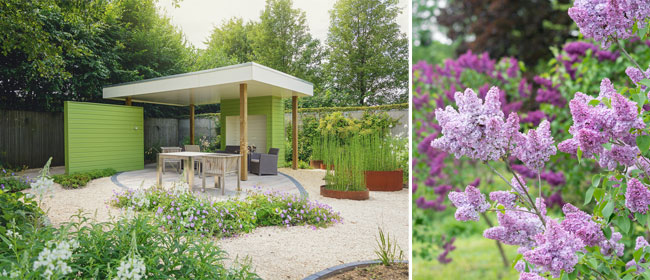
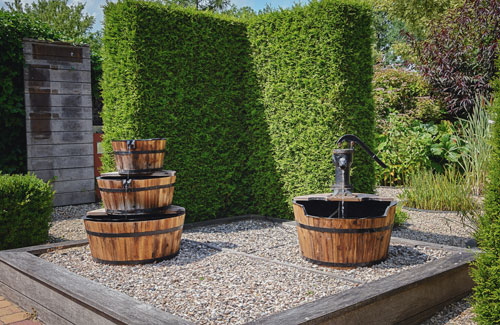
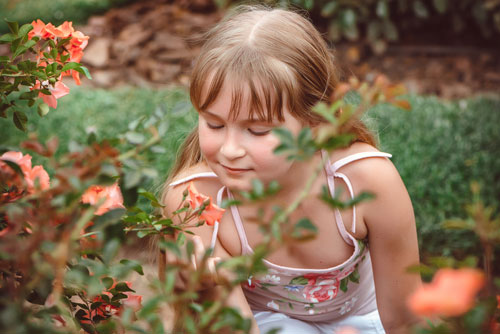
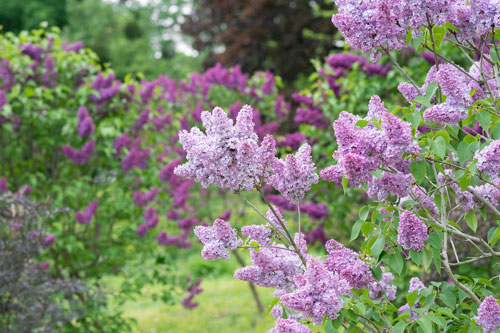
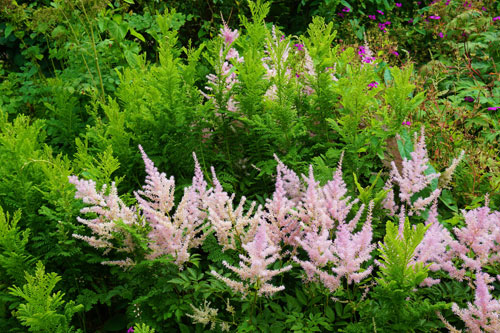
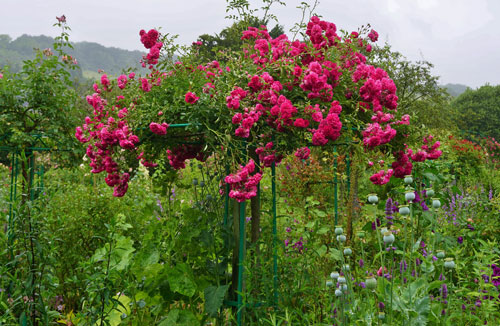
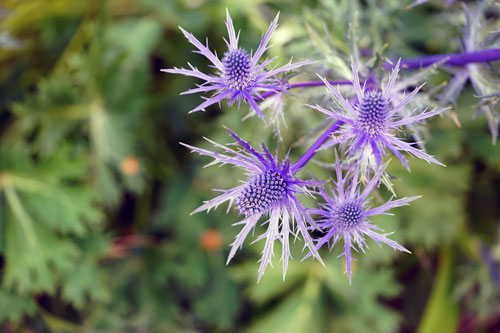
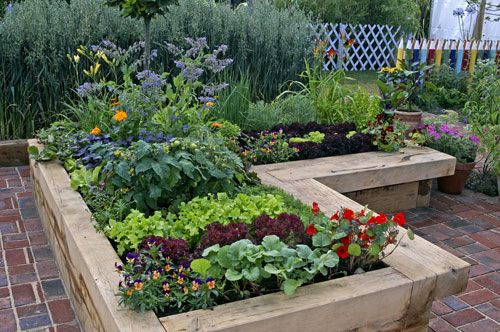
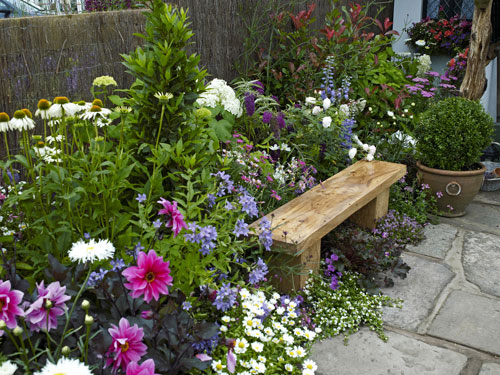







Speak Your Mind